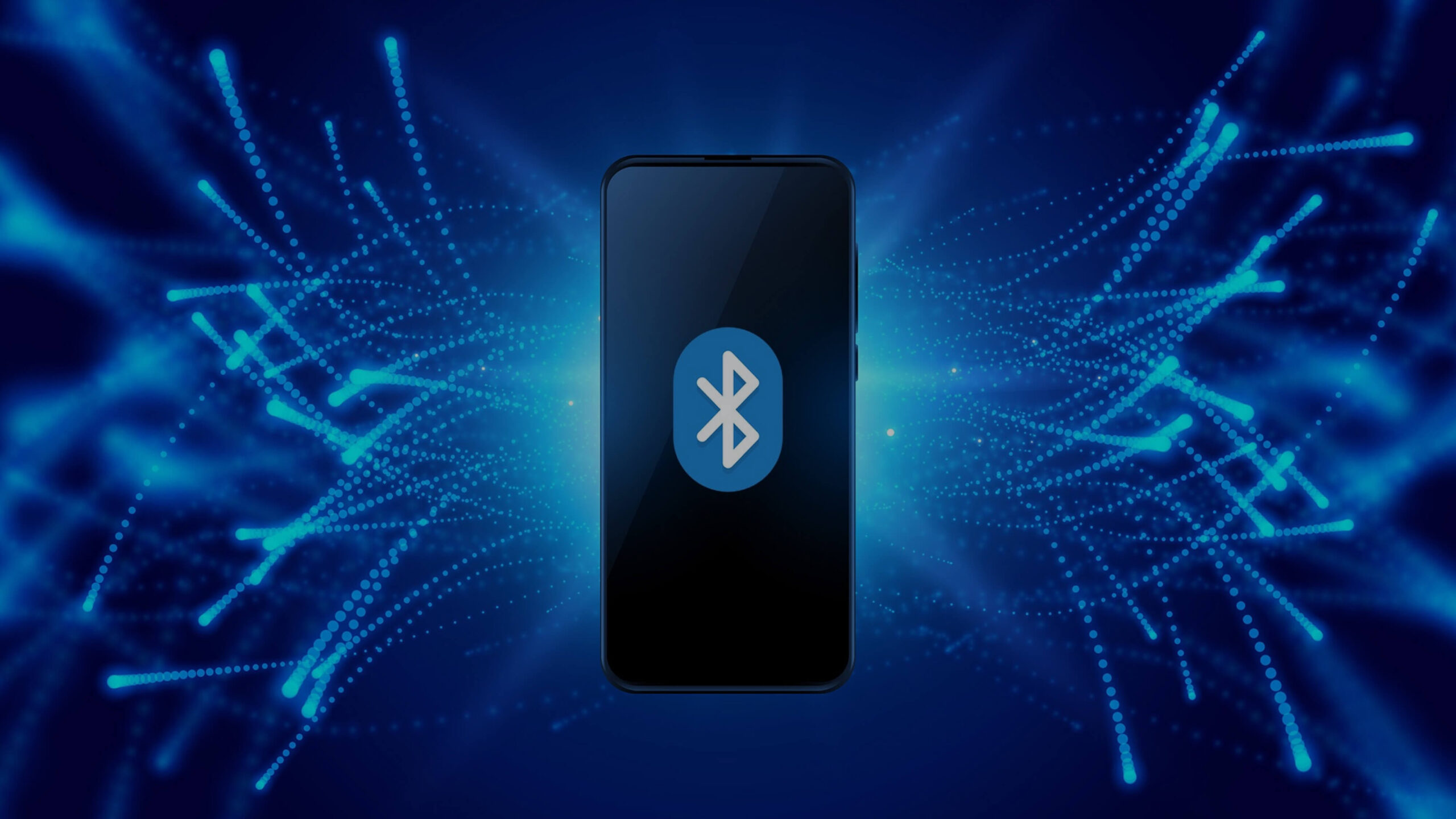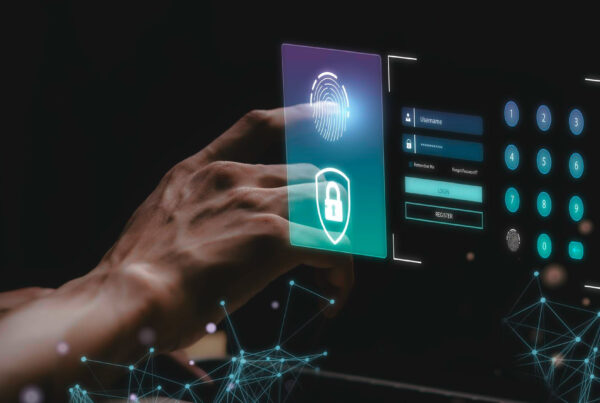Global online traffic has surged by 50% as a result of lockdowns and remote work, according to the World Bank’s World Development Report 2021: Data for Better Lives, which also confirmed that this has given cybercriminals more room for maneuver.
Statista’s 2022 research shows a noticeable increase in cybercrime in India that year, with over 52,000 cases being reported. Additionally, as the cyber menace continues to terrorize us, Bluebugging, a new technique that is popular with hackers, is increasing our concern.
The ability to access a device with a detectable Bluetooth connection is made possible by one of the cyberattack techniques known as bluebugging. The attacker gains complete control of the target device as soon as it connects to a compromised link. A hacker can use this method to steal or modify contacts, read and send messages, and listen to the other person’s phone calls.
The central purpose of bluebugging was to spy on or bug a computer equipped with Bluetooth capabilities. Cybercriminals have shifted their attention to mobile hacking as smartphones become more and more popular. This attack frequently has its scope restricted due to the limited range of Bluetooth connections. On the other hand, some attackers utilize booster antennas to increase the capacity of their attacks.
The Bug Misconnection
Bluebugging differs from Computer bugs which are coding errors or design flaws that can cause a computer program to behave strangely or produce inaccurate or unexpected results. Unintentional text formatting, software failures, computer freezes, and even more severe hardware damage could result from the vulnerabilities. However, the effects of these flaws are still far milder than those of bluebugging.
Attacks on Bluetooth-enabled devices are referred to as “bluebugging.” Bluetooth technology is a practical feature embedded into almost every wireless device today. While your mobile devices, such as laptops, tablets, smartphones, smartwatches, AirPods, car computers, etc., make communication easier for you, they also put your virtual property at risk through Bluetooth.
How its perpetrated
The ability to link Bluetooth devices to one another on a network is provided by MAC (Media Access Control) addresses, which are constructed from random, distinct numbers. Once a device has been compromised, replay attacks can be used to monitor a user’s activity.
A hacker first tries to connect to a Bluetooth-capable gadget. Once connected, the hacker can use brute force attempts to evade authentication. Finding login information, encryption keys, or a hidden website requires using the trial-and-error method. Malware is next covertly installed to acquire even more access to the device.
Safety Measures
– Turn Off: When you’re done using Bluetooth on your devices, tap it off. The discoverable range of a Class-2 Bluetooth radio, which is often utilized in modern devices, is between 10 and 15 meters. Not just your phone is accessible; any device with this sort of Bluetooth radio is as well. Threat actors can also extend that range by using an amplified antenna.
– Strong Password: Using a strong password is your first line of defense in your struggle against cybercriminals, regardless of the device you want to secure. The LastPass 2022 Review states that employees repeat passwords an average of 13 times. Reusing passwords is a severe security risk since someone who already has access to your private information could use it to access your other accounts frequently.
– Don’t pair with unknown devices: It’s better to avoid pairing with any gadget that you don’t know or believe in. Additionally, never accept Bluetooth communications from unknown parties.
– Store Wisely: Your data should only be accessible by you or those with your consent because it is your property. If you’re worried about your information being stolen, don’t keep specific data on Bluetooth-enabled devices.
– Stay Updated: Keep upgrading your computer systems to the newest versions for improved security features. Because Bluebugging attackers make use of software flaws, this is crucial. By doing this, you may be sure that your defenses are constantly current.
Conclusion
Installing a trustworthy antivirus application, using a VPN as an extra layer of security, and continually monitoring sharp spikes in your data consumption are further preventive steps against data theft. In addition, you may improve your cybersecurity skills with help from the government, such as the Cyber Swacchta Kendra. You can avoid having your smartphone Bluebugged by performing these essential procedures. Enjoy a great and safe time online now that you are aware of what to do.
Author: Mr. Shrey Madaan, Junior Consultant, CyberPeace Foundation




